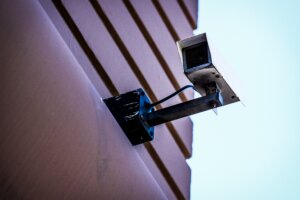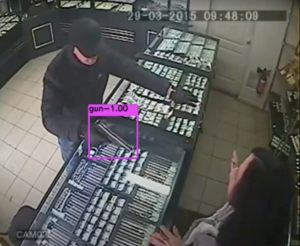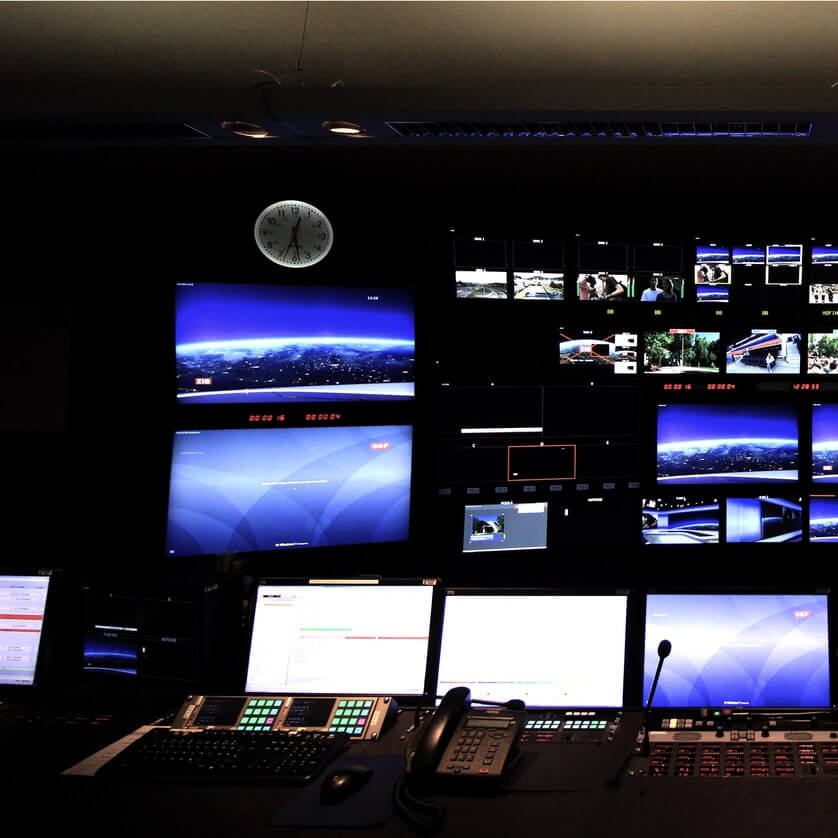Driven by increasing crime rates and growing urban centers, the alarm monitoring market is expected to grow at a CAGR of 5.4% in the next 5 years.
With this continued demand comes a need for more sophisticated ways to scale video monitoring. Now, more than ever, central stations are utilizing real-time AI video analytics to drastically improve their surveillance operations.
For security professionals considering real-time AI, it’s critical to strategize for the most successful (and seamless) integration possible.
Below, we explore the immense benefits of an AI video analytics integration and discuss which strategies central stations can take to ensure proper deployment.
The Future of Central Station Monitoring Services
The Future of Central Station Monitoring Services
To understand the scope of benefits AI can offer central stations, it’s important to fully grasp the pitfalls of traditional monitoring methods.

Additionally, high rates of false positives run rampant as a result of operators being inundated with video footage and data. Research indicates that the likelihood of human error directly correlates with the number of screens monitored. According to a study by the University of South Florida, observers missed three times as many targets when required to monitor nine display monitors instead of four.
Today, central stations are expected to provide increasingly sophisticated AI video verification and early threat detection, making the need for reduced false positives a top priority. Thanks to the advancements of AI video analytics, live operators can now detect, verify, and warn of incidents in real-time with minimal false positives. With such significant benefits for central stations, it’s no wonder that artificial intelligence is #1 on the list of trends expected to define physical security in 2021.
More on AI Video Verification and Analytics

AI addresses these issues by scanning all cameras for intruders whenever a burglar alarm is armed or set off, logging all possible intrusion events via intruder detection AI. As a result, when an operator logs in to view an alarm, all possible intruder detections are presented to him or her instantly–leaving intruders nowhere to hide.
This increases the number of cameras an operator can evaluate in a minute by 10x, while simultaneously increasing the probability of detection as the process is no longer reliant on a human looking at the right camera at the right time.
How to Strategize for a Seamless Integration
At first glance, preparing for the deployment of AI might seem like a daunting task. On the contrary, AI integrations can be seamless, quick, and cost-effective.
The key to achieving these objectives is simple: proper preparation. Below are a few things to consider when strategizing for an integration.
1. Understand Your Central Station’s Constraints
Taking inventory of your organization’s current resources and restraints is one of the first steps to organizing a successful integration.
Resource constraints can include hardware, bandwidth, monitoring, and more. Auditing these systems can help provide insights into how these constraints might impact the type, accuracy, and performance of the analytics you plan on adopting.
2. Utilize the Cloud

For context, an on-premise or edge deployment means that the computers that process the analytics are on-site. Cloud deployment means video feeds are sent to servers run by a cloud services provider, such as Amazon, Microsoft, Google, or IBM.
For central station operations, cloud deployments offer the following:
- Better cost efficiencies: Since cloud service providers can auto-scale pooled resources according to consumption, analytics providers can pass the cost savings onto the customer.
- Reduced IT maintenance: Cloud-based integrations use simple, open APIs hosted on servers with world-class security and maintenance, which reduces IT maintenance.
- Works with existing camera infrastructure: With the cloud, no additional hardware costs are required for integration.
- Easy to scale: For central stations working with large sums of video monitoring data, scalability is essential. Without the need for on-premise hardware, the deployment of thousands of cameras takes just weeks instead of months.
3. Minimize Bandwidth Consumption
Although the benefits of cloud-based analytics cannot be overstated, a common concern for central stations is bandwidth. Luckily, several techniques can greatly minimize the amount of analytics consumed:
- Image Compression: One of the simplest ways to minimize bandwidth is through image compression. Today’s compression methods such as H.264 and H.265 can dramatically lower the bitrate needed for video transmission.
- Limited Frame Sampling: Since top-performing AI video analytics don’t typically require 10 or 20 frames per second, limited frame sampling is a viable strategy for minimizing bandwidth. In fact, for most analytics solutions, sampling at 1 fps is all that is necessary to trigger accurate detections.
- Motion Processing: Although motion processing is often not a stand-alone solution, it can help reduce bandwidth consumption by up to 90% in some cases.
Consider an AI Integration with Actuate
If you’re looking to minimize costly missed detections and false positives, consider integrating Actuate into your central station operations.
Actuate’s advanced AI video analytics enables existing security cameras to identify safety and security threats such as unauthorized personnel.
The best part? No hardware installation is needed as Actuate can work directly with your current video security system.
Book a demo with an Actuate representative






